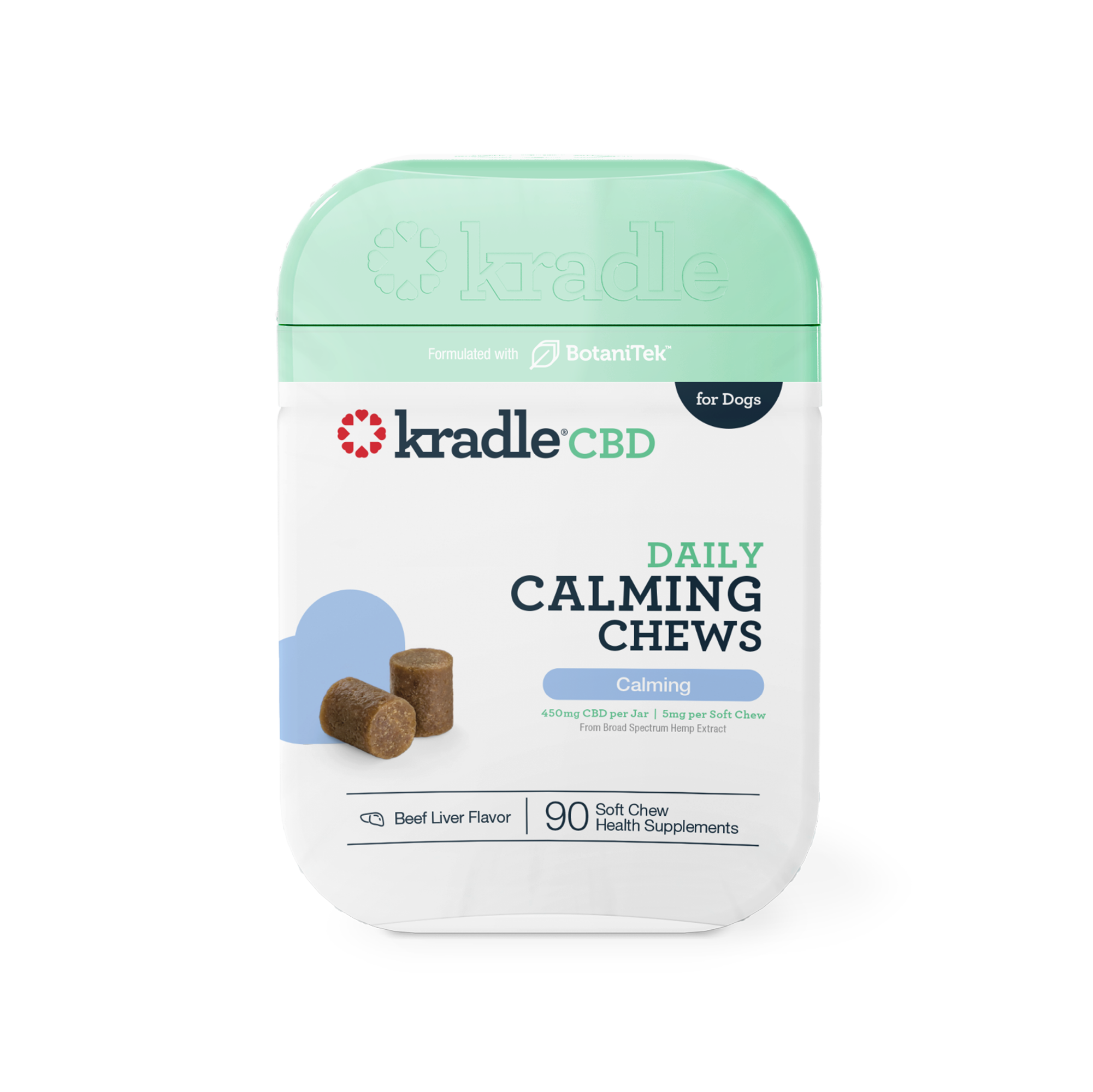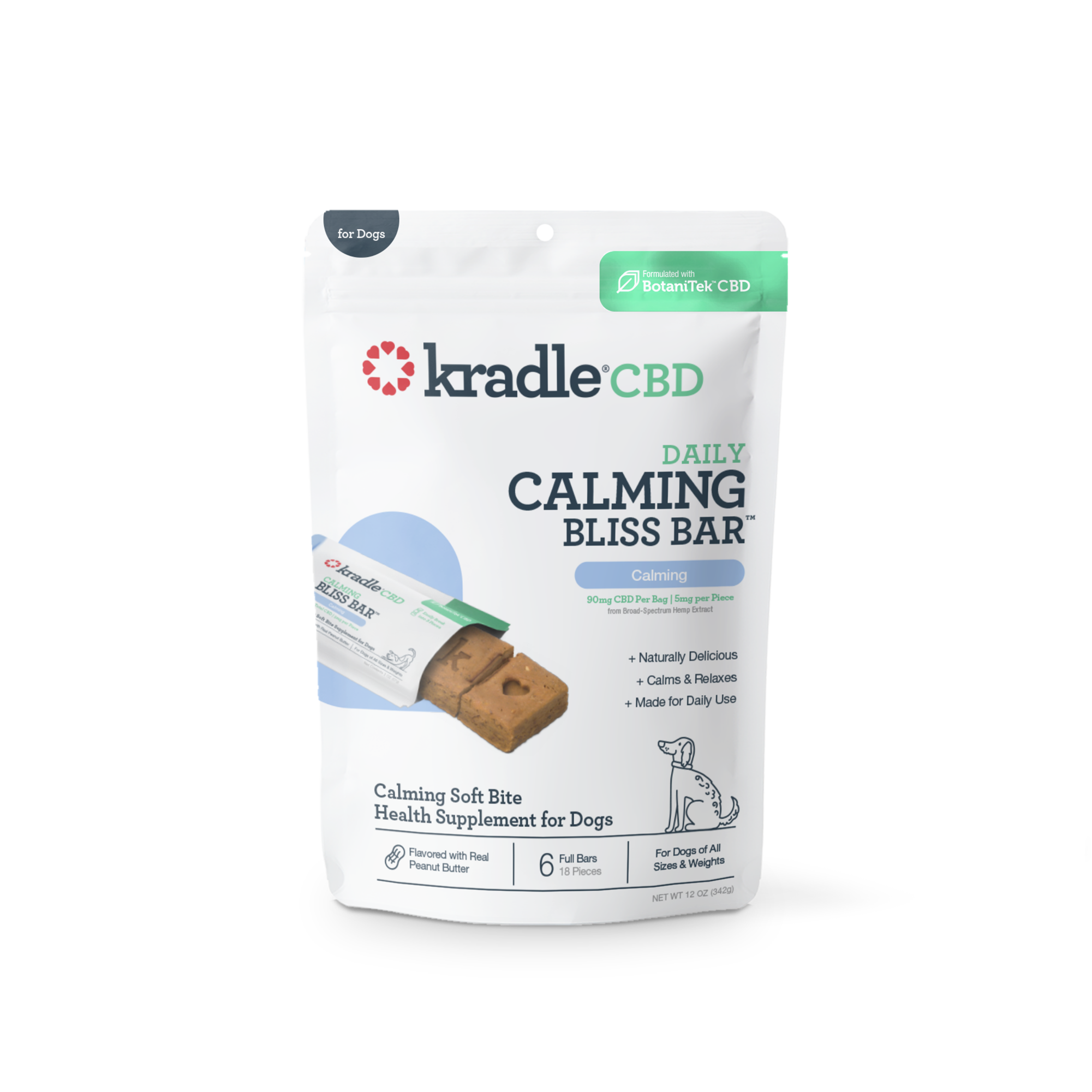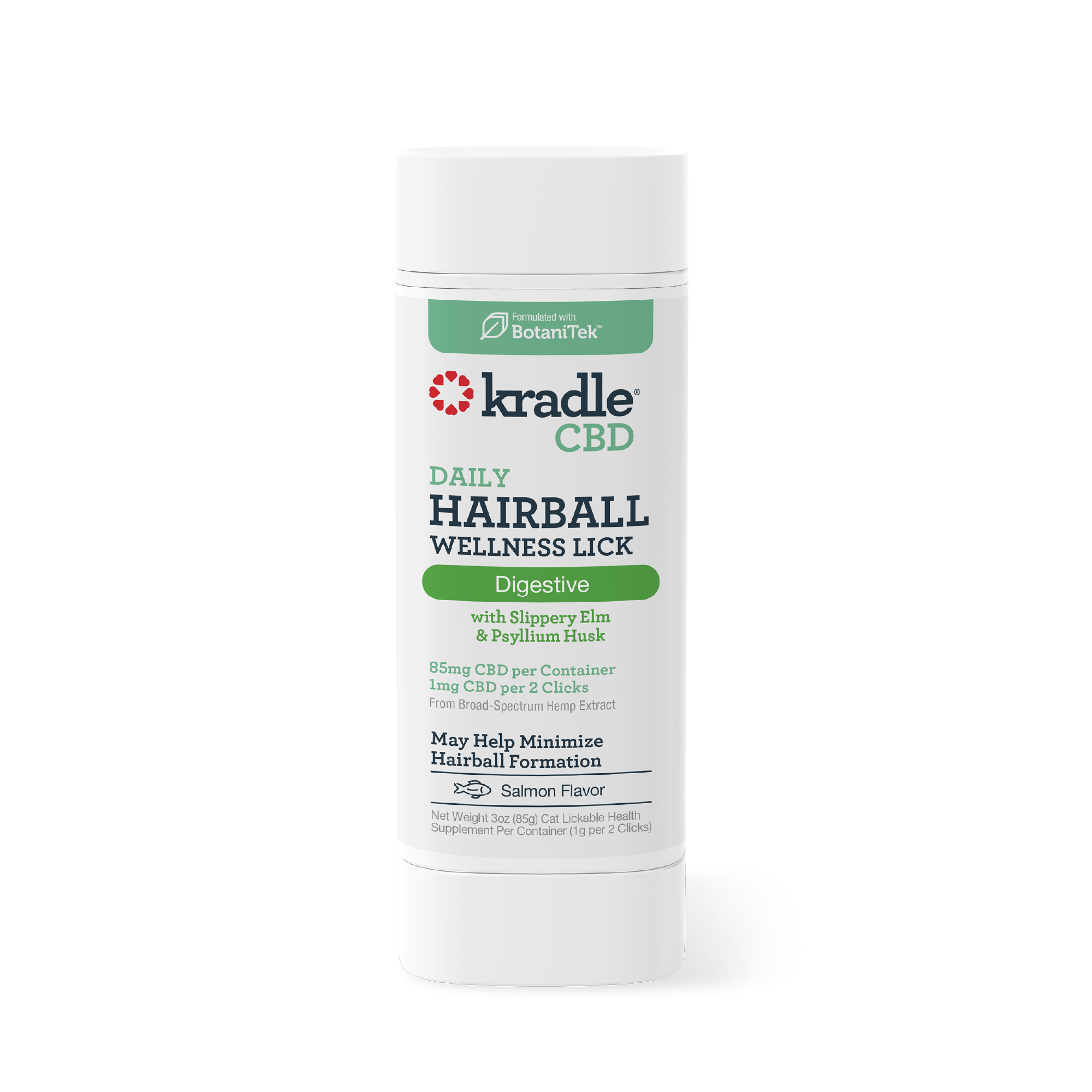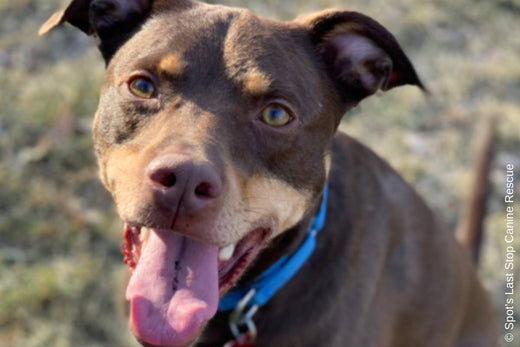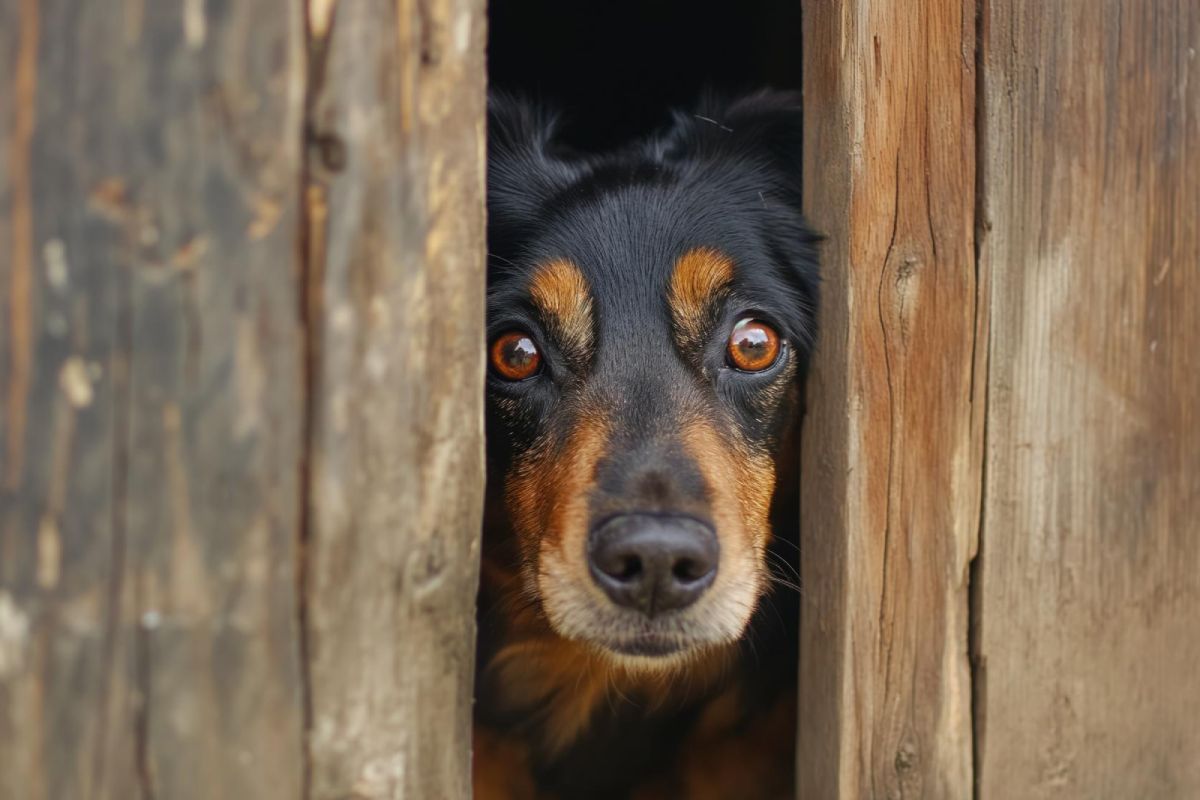
Why Is My Dog Scared of Other Dogs & How Can I Help?
If the phrase “Who wants to go outside?” usually sparks circles of excitement and wagging tails, yet quickly shifts into anxiety as soon as another dog shows up, you’re not the only one facing it. Living with a dog scared of other dogs can make a bright walk feel heavy and tense. This guide explores questions like “Why is my dog scared of other dogs?” and lays out practical training steps to grow confidence, while also helping you notice your pup’s signals before stress rises. It explains what should be avoided and when it may be time to reach out for professional help. You’ll also find where gentle, natural aids can be part of the process.
Why Some Dogs Are Scared of Other Dogs?

Wondering “What are dogs afraid of in general?” Common culprits include sudden movements, fast approaches, loss of escape routes, and loud or novel environments; in other words, not “other dogs” alone, but situations that feel uncontrollable. Fear usually traces back to one or a mix of the following:
Lack of Early Socialization
The first three months of life are a sensitive social window. Puppies who miss calm, positive exposure to varied dogs, people, and places can become wary later. If you’re seeing a puppy scared of other dogs, lean into slow, structured introductions with steady canine role models rather than busy parks.
A Traumatic Experience
One rough encounter, being chased, bowled over, or bitten, can leave a lasting “dogs are dangerous” imprint. Rescue dogs may carry unknown histories that prime them to expect the worst.
Personality and Genetics
Just like people, some dogs are naturally cautious. A pup who is born to a shy mom or dad might be the same as an adult too.
Adopting a Rescue with an Unknown Past
Shelter transitions, noise, and unpredictability can raise baseline stress. Even without a known incident, rescues may startle more easily; predictable routines and distance-based training help rebuild trust.
Signs Your Dog Is Scared of Other Dogs
If you’re wondering “What are dogs scared of?”, common triggers include sudden movement, loud or novel noises, fast oncoming approaches, and feeling trapped without an easy escape route.
Here are the signs of a scared dog to watch for:
-
Avoiding eye contact, turning the head away (“I’m not a threat”)
-
Flattened ears, tucked tail, lowered body
-
Yawning, lip-licking, “whale eye” (white of the eye showing)
-
Slowing down, freezing, or trying to hide behind you
-
Shaking, drooling, panting that doesn’t match exertion
-
Growling, barking, lunging, or snapping—often last-resort signals when escape feels impossible
If you’ve thought, “My dog is scared of other dogs; is this fixable?”, take heart: with distance, structure, and patience, most dogs improve markedly.
How Does Fear of Other Dogs Impact Daily Life?
-
Walk stress: Narrow sidewalks and crowded paths remove escape options, so your dog can’t “choose space.”
-
Routine avoidance: You may shift routes or skip walks, which reduces enrichment and can raise overall anxiety.
-
Home fallout: Stress from tough walks “spills over,” making dogs edgier at home (startle easily, restless).
-
Human tension: Anticipating run-ins raises your stress too; dogs pick up on that.
If you’ve ever asked, “My dog is scared of everything what can I do?” start by dialing down daily difficulty: predictability, safer routes, and small wins reset the emotional thermostat.
Things to Avoid When Dealing With a Fearful Dog
-
Flooding: Forcing close encounters “to get over it” typically backfires and deepens fear.
-
On-leash greetings: Tight leashes create awkward, face-to-face meetings, which are high risk for conflict.
-
Crowded dog parks: Too much chaos, zero control of distance.
-
Punishing warnings: Scolding growls remove your early-warning system without changing fear.
-
Retractable leashes: Less control in tight spaces; opt for a standard 4–6 ft leash and front-clip harness.
How to “Listen” to Your Dog
Recognizing When Your Dog Is Uncomfortable
Dogs communicate long before they bark or lunge. The first hints—head turns, weight shifting away, subtle lip-licks—mean “I need space.”
Gentle Ways Your Dog Asks for Space
Look for yawning, sniffing the ground suddenly, avoiding eye contact, “whale eye,” or stepping behind you. Honor these as polite requests.
Strong Warnings to Keep Your Distance
A tucked tail, stiff/frozen body, trembling, growling, barking, or lunging says “too much”. Create distance immediately and reset.
How to Help Your Dog Overcome Their Fear of Other Dogs
Identifying Your Dog’s Threshold
Your threshold is the distance at which your dog notices another dog but can still eat, think, and remain loose. Start your work here.
Desensitization
To practice how to desensitize a dog to other dogs, systematically expose your dog to controlled, low-intensity versions of the trigger—dogs at a distance, moving slowly—so it’s easy to stay calm.
Counterconditioning
Give your dog treats whenever they show up at the doorway, and stop when they leave. With time, they’ll connect being at the door with getting something good.
Using CBD to Minimize Anxiety
Gentle, dog-formulated options can support training days by promoting calm without sedation. If you explore CBD for pets, consult your veterinarian first, choose pet-formulated products, and follow label directions. Kradle formats include chews, toppers, melts, etc, making them easy to carry and use.
For a daily routine anchor, consider CBD calming chews for dogs, and for on-the-go moments pre-walk, CBD quick calm melts can be convenient. Always pair any natural support with behavior work and distance management.
Advanced Socialization Classes
Look for small, trainer-led classes that use barriers, parallel walking, and calm “helper” dogs rather than chaotic play. This is targeted exposure, not free-for-all time.
Decrease the Distance Between Your Dog and Other Dogs
Close the gap slowly, only after multiple relaxed sessions at the current level. Change one variable at a time (slightly closer OR slightly more movement), not both.
Stick to Low-Stress Situations
Pick routes and hours that let you maintain space; invite a calm friend with a steady dog for parallel walks.
Bring Along Your Dog’s Favorite Treats
Use irresistible, pea-sized food rewards. Pay generously for looking at a dog and checking back in with you.
Encourage Your Dog to Step Outside Their Comfort Zone
Tiny, supported challenges (watching a dog at a comfortable distance) build courage. End on wins.
BUT…Always Remain Patient and Listen to Your Dog’s Needs
Never force your dog to interact with another dog. If signals escalate, you’re too close. Retreat, regroup, and try again later. For a dog afraid of other dogs on leash, success lives at the edge of comfort, not past it.
Your Step-by-Step Plan to Rebuild Their Confidence
Step 1: Control the Environment
Pause dog parks and crowded sidewalks. Choose wide streets, big parks, and off-peak times. Your first job is preventing fear rehearsals.
Step 2: Find the “Safe Distance”
Where can your dog notice a dog and still stay loose, take food, and respond? That’s your starting line.
Step 3: The “Look at That” Game
When your dog glances at the other dog from that distance, cheerfully mark (“Yes!”), then feed 3–5 rapid treats. The dog disappears? Treats stop. Repeat in short sessions.
Your Role: Stay Calm and Be the Safe Zone
Keep the leash relaxed, move in gentle arcs to create space, and breathe. If you’re thinking “My dog is terrified of other dogs”, start farther than you think; success builds faster when your dog never tips over.
When to Seek Veterinary or Behavioral Help
-
Vet exam: Pain (hips, back, ears), GI upset, thyroid issues, and sensory loss can supercharge fear. Rule these out first.
-
Certified trainer/behaviorist: A professional can set distances, supply steady “helper dogs,” and coach your timing.
-
Safety planning: If encounters feel unmanageable, focus on management and controlled setups until your team is in place.
Conclusion: A Happier Dog and a Safer Couch
Helping a dog scared of other dogs starts with space and predictability, then adds short, well-paid training reps until “dogs nearby” feels like “no big deal.” Keep sessions brief, end on wins, and celebrate progress. If you’ve been circling back to “why is my dog scared of other dogs?”, remember: fear is an emotion, not a choice. Your job is to make safety predictable so confidence can grow, one easy, successful outing at a time.
FAQs
What are the signs my dog is scared of other dogs?
Subtle: head turns, avoiding eye contact, lip-licks, slowing down. Obvious: tucked tail, freezing, growling, barking, lunging. Intervene early by creating distance and marking calm glances for treats.
Will petting my dog when they’re scared make the fear worse?
Comfort doesn’t “reward fear”; fear isn’t a behavior choice. If touch helps your dog relax, use it gently and on their terms. If touch increases tension, give space and use food to create positive associations at a distance.
What is the single most important first step to helping my fearful dog?
Control the environment. Pick routes and times that allow distance, and stop rehearsals of panic. Build predictable routines so your dog knows what’s coming next.
What should I do if an off-leash dog runs up to us?
Put your dog behind you, toss a handful of treats at the approaching dog, and leave. Use your “U-turn” cue and a calm, quick exit. Report repeat hotspots and choose different routes/times.
Can I socialize my adult dog to fix this problem?
Yes, through structured, distance-based exposure and positive associations, not chaotic dog park mingling. Small trainer-led classes with calm “helper dogs” are ideal.
Can calming supplements actually help with training?
They can play a supportive role by promoting calm, especially before setups or walks. Always choose dog-formulated products, avoid THC, follow labeled directions, and coordinate with your vet.
How to build a dog’s confidence around other dogs?
Use easy wins: parallel walks at safe distances, “look at that” with great food, short sessions that end in success, and daily enrichment (sniff walks, puzzle feeders, mat relaxation).
How to socialize a fearful dog with other dogs?
Start with visual exposure at distances your dog can handle. Add controlled movement, then gradual proximity with calm helper dogs. Avoid face-to-face greetings until your dog is clearly relaxed.
How do I get my dog to stop being scared of other dogs?
Blend management (space, predictable routes) with training (desensitization + counterconditioning). Keep sessions short and track progress. If stalls happen, a certified professional can fine-tune steps.
How to desensitize a dog to other dogs?
Begin at the distance your dog can stay relaxed. Pair every dog sighting with rapid, high-value treats; when the dog disappears, treats stop. Over multiple easy sessions, slowly decrease distance or increase the other dog’s movement—never both at once. End on wins and keep sessions five to ten minutes.

